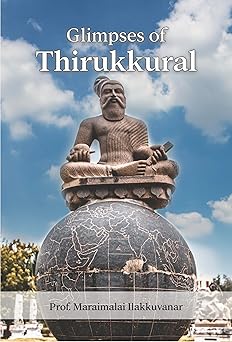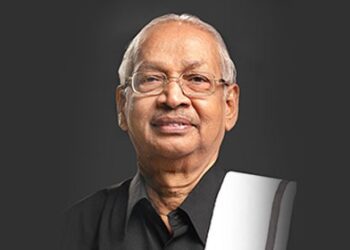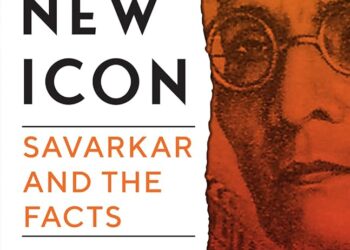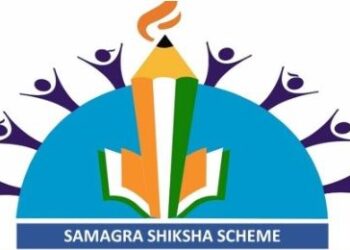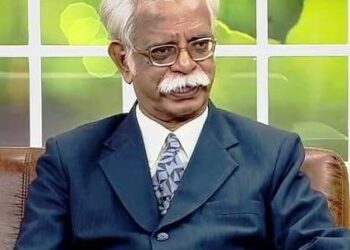
Dr.Nagasami authored and published a book under the caption – “Thirukkural – An Abridgement of Shastras”. His stand is that ‘Thirukkural’ was written under the influence and impact of Sanskrit Dharma Shastras and that Valluvar had accepted the four-fold varna system, the Vedic system, asrama system and all the five maha yagnas. Eminent Professor Maraimalai Ilakkuvanar recently published a book under the title “Glimpses of Thirukkural”, in defence of the great work. With authenticated facts the erudite scholar has repudiated the falsity of Dr.Nagaswami’s arguments. He has contradicted and proved the errors of Dr.Nagaswami. Excerpts from Professor Maraimalai Ilakkuvanar’s book of rebuttal are as follows:
Dr.Nagasami’s “Thirukkural – An Abridgement of sastras” is divided into three volumes and seventeen chapters. The first volume consists of only one chapter titled ‘Illaram’. The second volume, ‘Porutpal’, is divided into nine chapters: The third volume ‘Kamattupal’ consists of seven chapters.
Pro-Sanskrit View:
If any inquisitive reader expects in Volume-II titled ‘Porutpal’ an elaborate description of the Porutpal, the second major division of Thirukkural, surely a great disappointment will be there. Because the author has written only the introduction and nothing more. The main body of this chapter is just a reprint of the words of the historian V.R.R.Dikshitar. The arguments put forth by V.R.R.Dikshitar that the age of Thiruvalluvar should precede the age of Mamulanar, Sittalai Sattanar, and Silappadikaram are acceptable. At the same time, the standpoint of Dikshitar that “Thirukkural is indebted to Dharmasastras and Arthasastra” cannot be accepted. This pro-Sanskrit view is originally proposed by Parimelazhagar in his commentary to Thirukkural and reiterated by Dikshitar.
Even though Nagaswami has included Dikshitar’s findings in his deep study of Thirukkural, he never accepts Dikshitar’s findings. He strains his every nerve to prove that Valluvar belongs to the Vedic school. In his preface to the book itself, Nagaswami declares: “Valluvar is a maharishi like Yajnavalya, Bodhayana, Gautama, and Apastamba. Valluvar is the first and foremost to bring down the Vedic dharma system to the Tamils with absolute authority”.
Nagaswami upholds and advocates for the hegemony of Sanatana dharma and gives a biased view: “It emerges that Valluvar’s Thirukkural is the Vedic dharma marga rendered easy for the Tamil”.
As a dedicated historian, Dikshitar gives his conclusion: “The Thirukkural is like Bhagavadgita which appeals to every faith, and which admits of any interpretation looked at from any point of view”. It is only because of Parimelazhagar’s interpretation, Dikshitar has taken into consideration that Thirukkural is indebted to Dharmasastra of Manu, Arthasasthra of Kautilya, and Kamasutra of Vatsyayana.
Dikshitar’s scholarship in Sanskrit, keen observation, and deep penetration have yielded a thought-provoking comparison of Thirukkural with Sanskrit literature. It is only a comparison and not a comparative approach. It is a mere subjective revealing of literary parallels and nothing more than that. The learned scholar Dikshitar knows his limits and never dares to trespass to an unknown area.
While Nagaswami uses the phrase “abridgment of sastras” so as to proclaim Thirukkural has borrowed all ideals as well as ideas from sastras, Dikshitar considers there is only parallelism. In order to prevent misuse of his comparison, he further puts in the record the following statement in the same essay: “Whether Valluvar’s muppal is an independent growth or is indebted to Sanskrit literature, it is for future research to determine conclusively”
Not a Derivative but original:
In the third volume, there are five divisions of which Introduction and fourth division named Nataka vazakku are contributed by the author whereas the other divisions are excerpts from various authors.
Dharmashastras
First of all, let us analyse whether there is at least an iota of truth in the statement of Dr.Nagaswami in the preface that “Thirukkural, by sage Thiruvalluvar, is studied from a new revolutionary angle, citing extensively, from Sanskrit Dharmasasthras, Artha sastra, Natya sastra, and Kama sastra as a derivative book of Hindu Vedic tradition”.
What makes him to conclude that “Thirukkural is a Dharmasastra, compiled in the Tamil language for the use of Tamil knowing people and thus is a derivative”? Without substantiating with internal and external evidence he blindly asserts that “Valluvar is the first and foremost to bring down the Vedic dharma system to the Tamils with absolute authority”. What are the Dharmasastras and how Thirukkural can be considered as a Dharmasastra is a question which baffles the mind of every reader?
Dr.Nagaswami quotes many parallels from Manava dharma sastra and wishes to insist that Valluvar has translated them. Dr.Albert Schweitzer elucidates the essence of Manava dharma sastra appropriately: This explanation reveals the fact that Manava dharma sastra acts as a constitution for a government “of the Brahmins, by the Brahmins and for the Brahmins.”
Thirukkural and Dharmasastras
– A wrong comparison
The Dharmashastras did not envisage an egalitarian society in which both men and women competed for the same duties, professions and resources. The same was true with regard to caste divisions. They accepted gender and caste inequality as a social imperative and prescribed for each different set of laws.
Patrick Olivelle, the often-quoted expert on Dharmasutra, who has translated Apastamba, Gautama, Baudhayana, and Vasistha Dharmasutras, elucidates the meaning of Dharma and the significance of Dharmasutras. In his introduction to his English translation of Dharmasastras titled The Law Codes of Apastamba, Gautama, Baudhayana, and Vasistha, Patrick Olivelle adeptly explain the methodology of Dharmasastras in his introduction:
In unambiguous terms, Olivelle explains the partiality of Dharmasutras, which care about the Brahmins: The central focus of these texts is on how a Brahmin male should conduct himself during his lifetime. Many other topics, such as marriage, inheritance, and women, are also introduced, but more often than not they are discussed in so far as they are related to the Brahmin male. Dr.Nagaswami engages himself in a useless venture to prove that Thirukkural follows Manu smriti in structure and content. To prove that Thirukkural is following the footsteps of Manu, Dr.Nagaswami had made wrong comparisons. The Big Question is: “How can Manusmriti act as a model for Thirukkural?”
1. Manu divides and Thirukkural unites humankind:
Manusmriti, for the past twenty centuries, had acted as a tool for establishing, maintaining, and preserving the hegemony of Brahmin supremacy. It had helped a minuscule minority to capture and keep, if needed, to usurp power. The varna dharma and ashrama dharma are the unique basic foundations of Brahmin rule. Manusmriti instructs that the divisions of mankind, into four varnas, came into being by God’s order. Caste divisions can never be changed because mankind is divided into four varnas since its inception:
Manusmriti upholds the superiority of a minuscule minority and imparts the suppression of a majority among the society in the name of God. It is horrible to imagine how our ancestors were suffering under the clutches of varna dharma for centuries as it was the law book adopted by our country till the British regime.
While humanism and international brotherhood sprang as a result of the calamities mankind experienced due to the world wars, it remained as a part and parcel of Tamil culture from the very beginning. Tholkappiyam and the Sangam classics are monumental pieces of evidence for this. Even though there were wars and fights for power, Tamils upheld the view that there should be unity and solidarity among people, deploring the cultural barriers and national boundaries. The famous poetic lines of poet Kaniyan Poongundran “Every country is my country. Every man is my kinsman,” were the reflection of Tamil culture prevalent for many centuries.
In accordance with it, Valluvar proclaimed:
“Human beings, one and all, are
Equal in their birth,
Thro’ differences in their deeds’ nature springs differences in their worth.”
(Thirukkural – 972)
In spite of Valluvar’s stand that there is no place for inequality or gradation among people. Nagaswami asserts that Valluvar has accepted the four-fold varna system. He reiterates his stand that Thirukkural is written under the influence and impact of Sanskrit Dharmasastras.
(to be continued)


